ABOVE: Details of Mary (left) and Elizabeth (right) from ‘The Family of Henry VIII’ by an unknown artist, c.1545 I have spoken on this page …
MARY’S BALLAD ON ELIZABETH
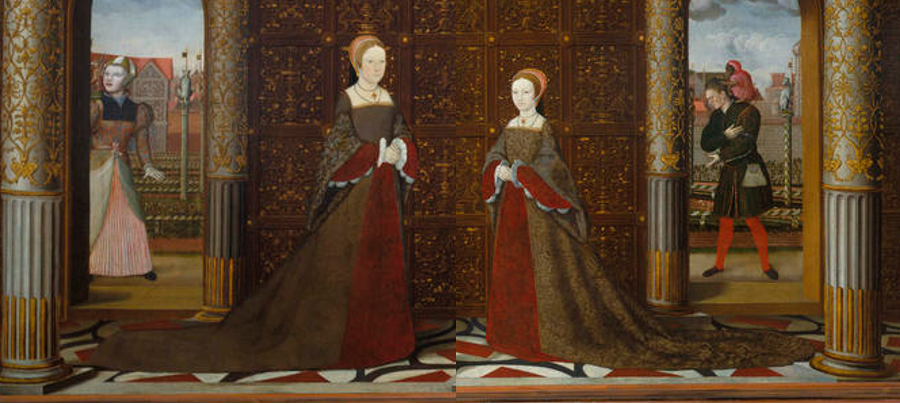
Tudor Treasures & Medieval Musings
WITH GRADUATE HISTORIAN JESSICA CAREY-BUNNING

ABOVE: Details of Mary (left) and Elizabeth (right) from ‘The Family of Henry VIII’ by an unknown artist, c.1545 I have spoken on this page …

ABOVE: Thomas Cranmer by Gerlach Flicke, c.1545 On the 11th October, 1663, Samuel Pepys recorded in his diary: ‘At night fell to reading in the …

Henry VIII had lavished Anne Boleyn with jewels, gifting her many exquisite pieces during their courtship and marriage. In addition, Anne had demanded, and received, the jewels of Katherine of Aragon. We only know what happened to a portion of Anne’s jewellery collection; what happened to the rest remains a mystery.
A letter from one of Henry’s European ambassadors indicates that Mary received a large portion of Anne Boleyn’s jewellery; an entry in ‘Letters and Papers’ summarises a letter sent from Mr Pate, ambassador, to Henry VIII on the 1st July, 1536; the entry states:
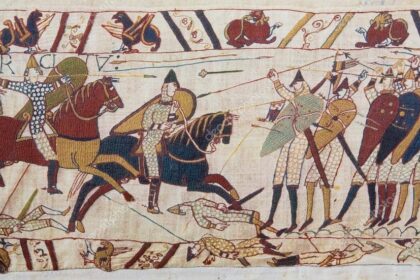
The Bayeux Tapestry, though actually a piece of embroidery and not a tapestry at all, is today considered to be one of the most significant artefacts of medieval history. Documenting the lead up to the events of the Norman Conquest of England…In fact, throughout all the Middle Ages, we only have a single definite reference to it
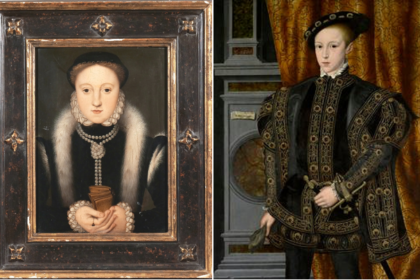
ABOVE: Portrait of Lady Elizabeth by an unknown artist, c.1555Portrait of Edward VI by William Scrots, c.1550 Amongst the many treasures the British Library holds, …
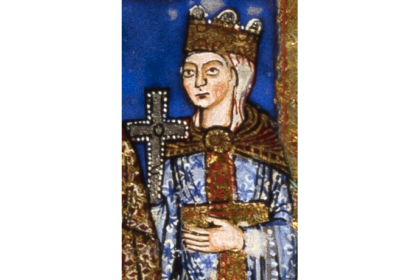
Empress Matilda, daughter and heir of Henry I, mother of Henry II, and ultimately unsuccessful claimant to the throne of England in her own right, is often titled as ‘The Lady of the English.’ There is a perception that she did not take the title of ‘queen’ because of the suspect nature of female rulership, she could not bear such a lofty title in her own right. However, this view ignores the language differences between the 12th and 21st centuries.
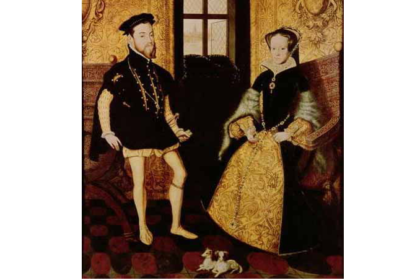
When Mary I died on the 17th November, 1558, she was genuinely mourned by many of her closest ladies and courtiers. The response from her own husband, however, was rather tepid. Philip of Spain and Mary had been somewhat estranged for around a year when she passed away; though Mary was devoted to her husband, he viewed Mary and England as a means to defeat France. Still, it was a very cool response to the death of a woman he had been married to for almost 4 years, and had known, through letters and diplomacy, for most of his life.
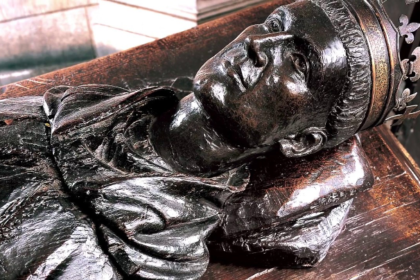
As part of the funeral ceremony, a shield, helm, saddle, and sword, his funeral ‘achievements,’ were carried in procession, to show Henry V’s martial success and knightly honour, and then displayed on a wooden beam above the chantry chapel built around his tomb. Unfortunately the sword has been lost to us, but remarkably the saddle, helm, and shield still survive in the Westminster Abbey museum.

On the 3rd of January, 1541, less than six months after the annulment of her marriage to Henry VIII, Anne of Cleves travelled from her palace at Richmond to Hampton Court in order to personally deliver her New Years gifts to her ex-husband and his new, pretty wife, Catherine Howard.
Though Chapuys was generally hostile to Anne due to religious and political differences, his admiration for the former queen’s behaviour upon meeting her former lady-in-waiting and replacement is evident:

After the Norman Conquest the nobility of England medieval French. English was slow to be accepted by the courts of the English kings…but with the efforts of Edward III, Henry IV and Henry V, English, after many centuries, once more became the language of English kings.